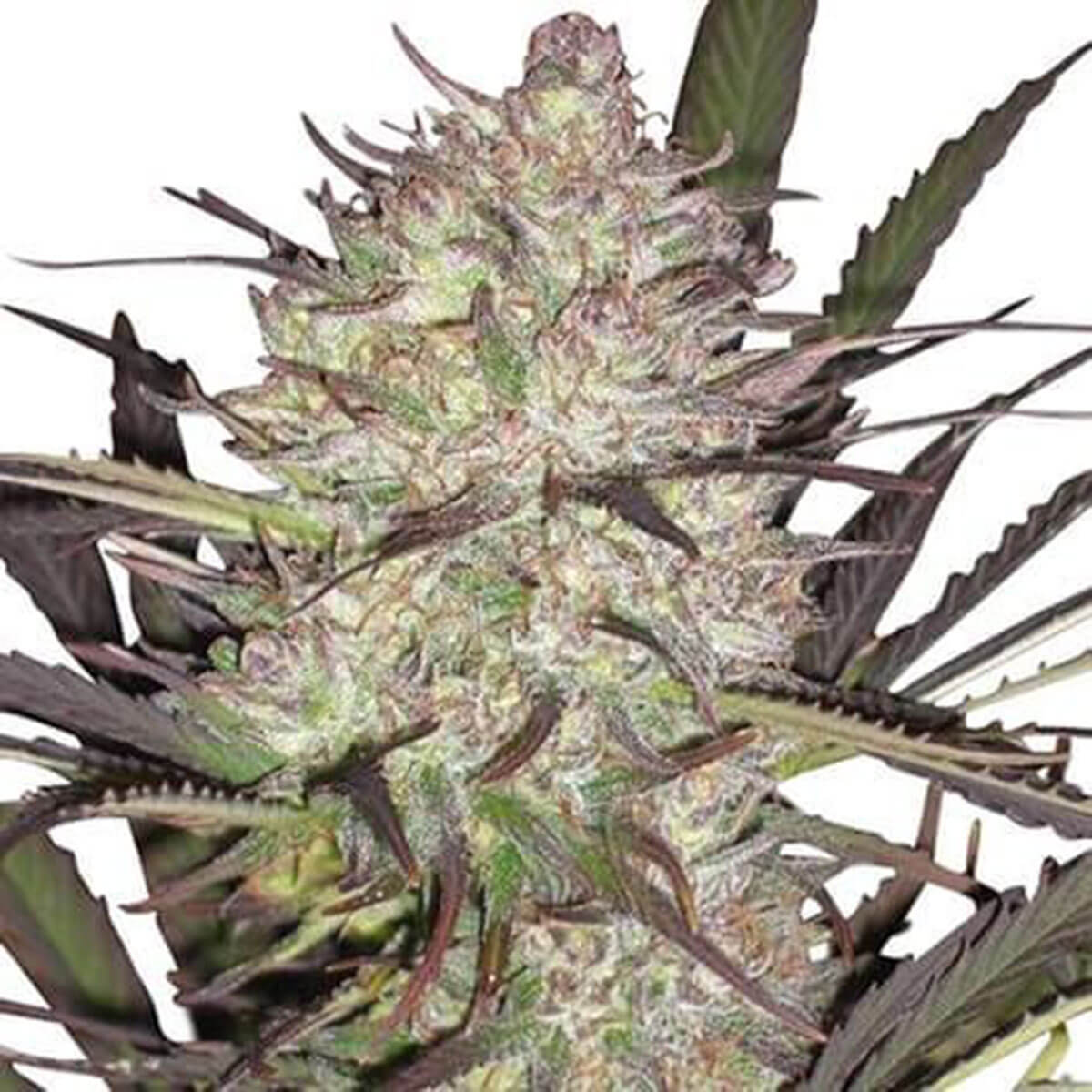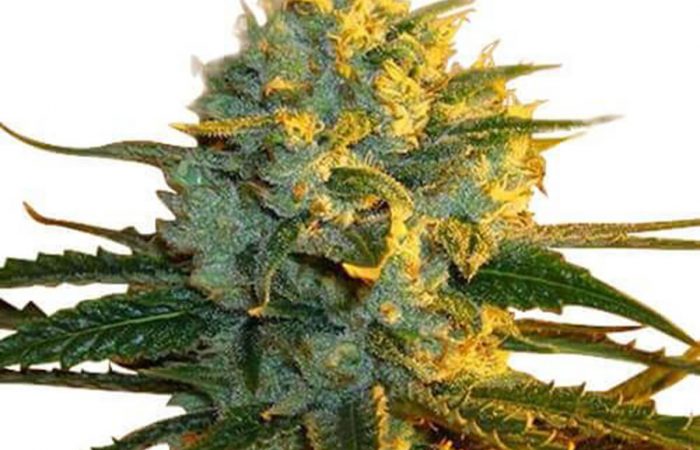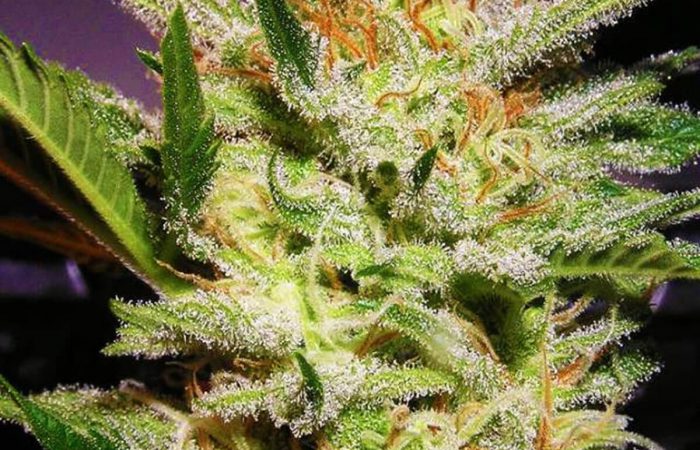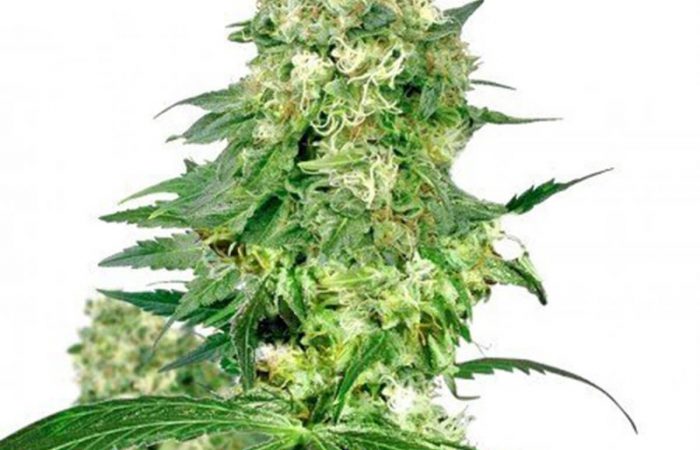Because Durban Poison is a skyscraping Sativa landrace, newbie growers have to exercise some skills to handle it properly. During the vegetative period, topping will stimulate it to develop in a broader form rather than completely vertical. Furthermore, it may need a trellis or stakes to support its lanky structure. Adding silica to the nutrient solution also helps to strengthen the branches.
Indoors, you can use the Screen of Green (SCROG) technique to control the height and maximize the yield. A net or mesh made of hemp string will provide additional support while exposing more bud sites to the light. Pruning the excess foliage can also be employed. But despite all these challenges, your efforts will be worth it in the end, with a yield of 350 grams (12 ounces) per square meter. The buds will be ripe and ready for plucking after 8 to 9 weeks of flowering.
Raising Durban Poison in a controlled environment can be a bit arduous. It’s true that it thrives best in the open air, where it can fulfill its height potential of 230 cm (7.5 feet) and generate up to 450 grams (16) ounces of gorgeous nugs per plant. It likes a warm climate with plenty of sunshine, and the ideal harvest period is from late September to early October before the weather turns cold. When growing outdoors, use compost tea as a foliar spray to boost your plant’s immune system and help it fight off infestations.
Utilizing regular seeds will give you plants that are the closest genetic copy to the original landrace Durban Poison. However, it should be noted that they will give you a 50/50 chance of ending up with both male and female plants. It’s necessary to identify and separate the males to avoid accidental pollination. On the other hand, feminized seeds are guaranteed to sprout female plants, making them the better option for beginners.



